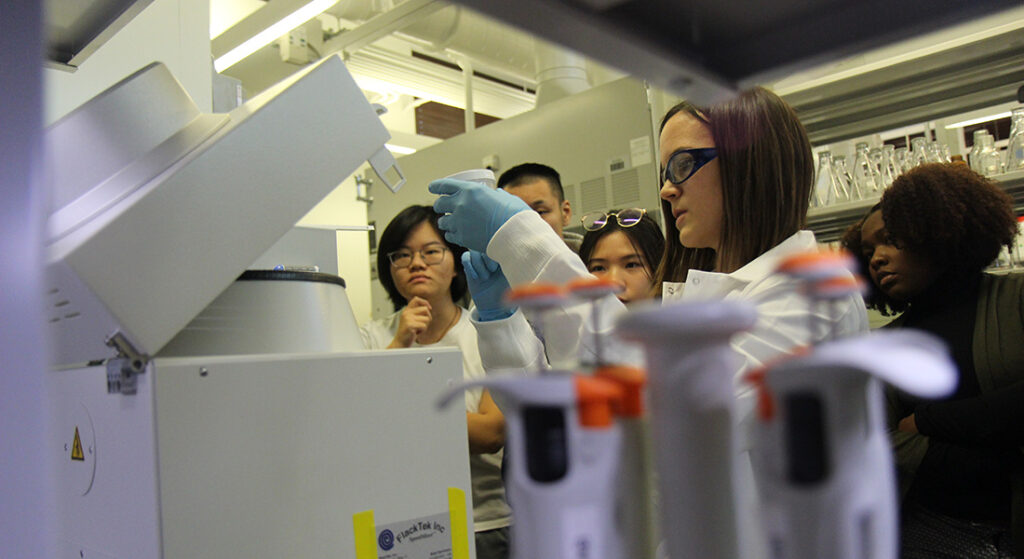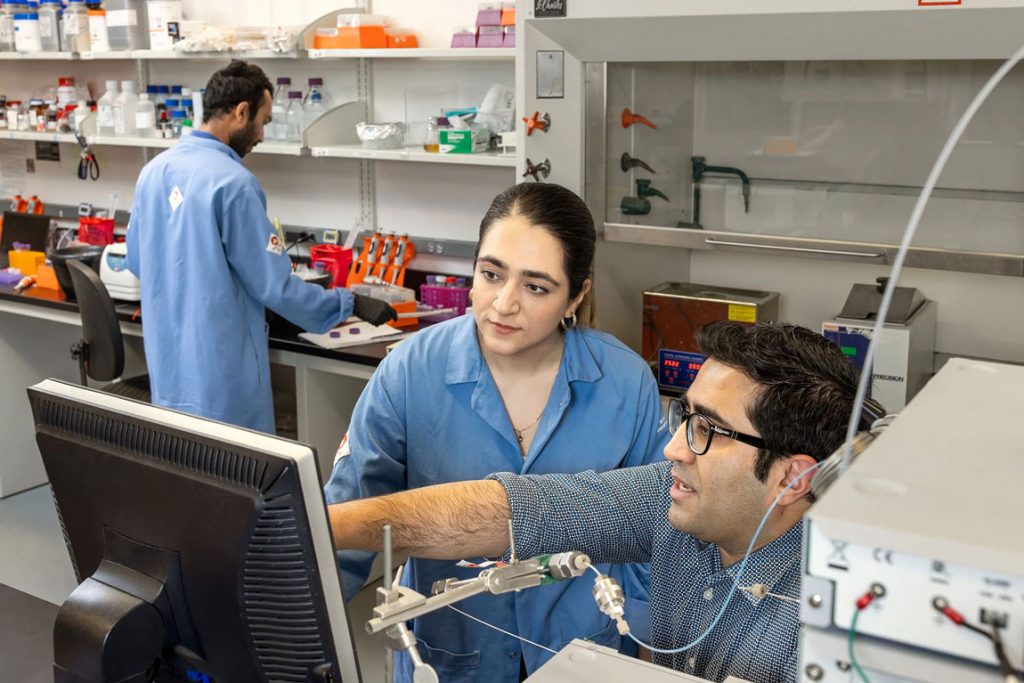Biology Professor Jessica MacDonald has received a grant from the National Institutes of Health to investigate maternal folic acid’s role in promoting healthy brain development.
The neocortex, or “thinking brain,” accounts for over 75% of the brain’s total volume and plays a critical role in humans’ decision making, processing of sensory information, and formation and retrieval of memories. Uniquely human traits such as advanced social behavior and creativity are made possible thanks to the neocortex.
Continue Reading
 Mary Beth Monroe, an associate professor of biomedical and chemical engineering at the Syracuse University College of Engineering and Computer Science, has been selected to receive the 2023 Rosalind Franklin Society Special (RFS) Award in Science.
Mary Beth Monroe, an associate professor of biomedical and chemical engineering at the Syracuse University College of Engineering and Computer Science, has been selected to receive the 2023 Rosalind Franklin Society Special (RFS) Award in Science.